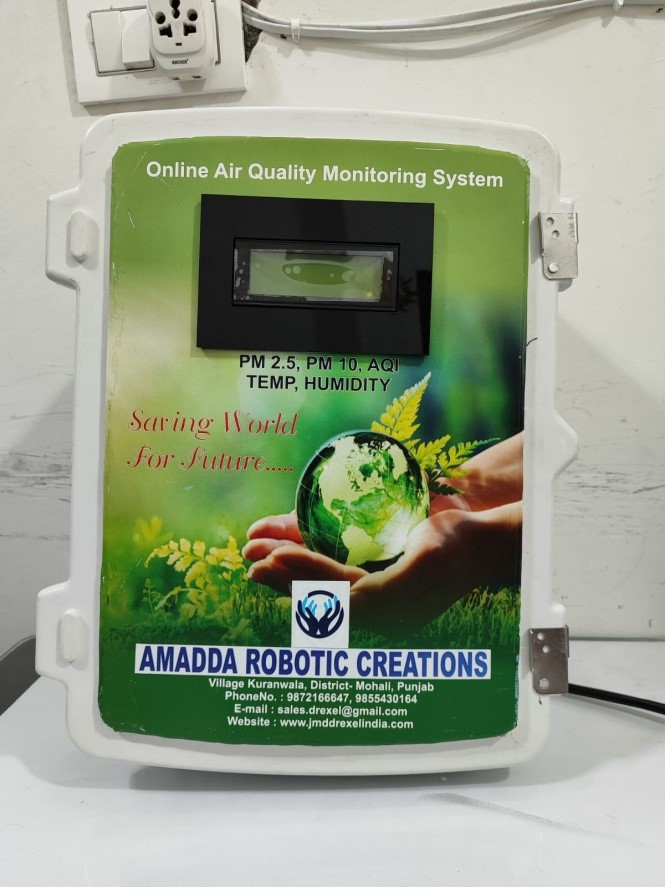An air quality monitoring system (AQMS) measures meteorological parameters such as wind speed, temperature, barometric pressure, radiation, rainfall, and wind direction. The data from these samples is used to determine the state of the air by comparing it to clean air standards, historical air quality levels, and data on health
and environmental impacts

AQMS stations are placed in fixed locations that represent different exposure situations. Ideally, multiple pollutants and precursors should be monitored at the same locations at the same time. The stations should represent the majority of the population and cover a variety of topography, meteorology, emissions, and air quality.
Some parameters for air quality monitoring include:
Particulate Matter (PM10, PM2.5), NO2, CO, O3, SO2, NH3, Pb, As, Ni, and Benzopyrene.
The frequency of sampling should be such that statistically reliable averages can be obtained.
